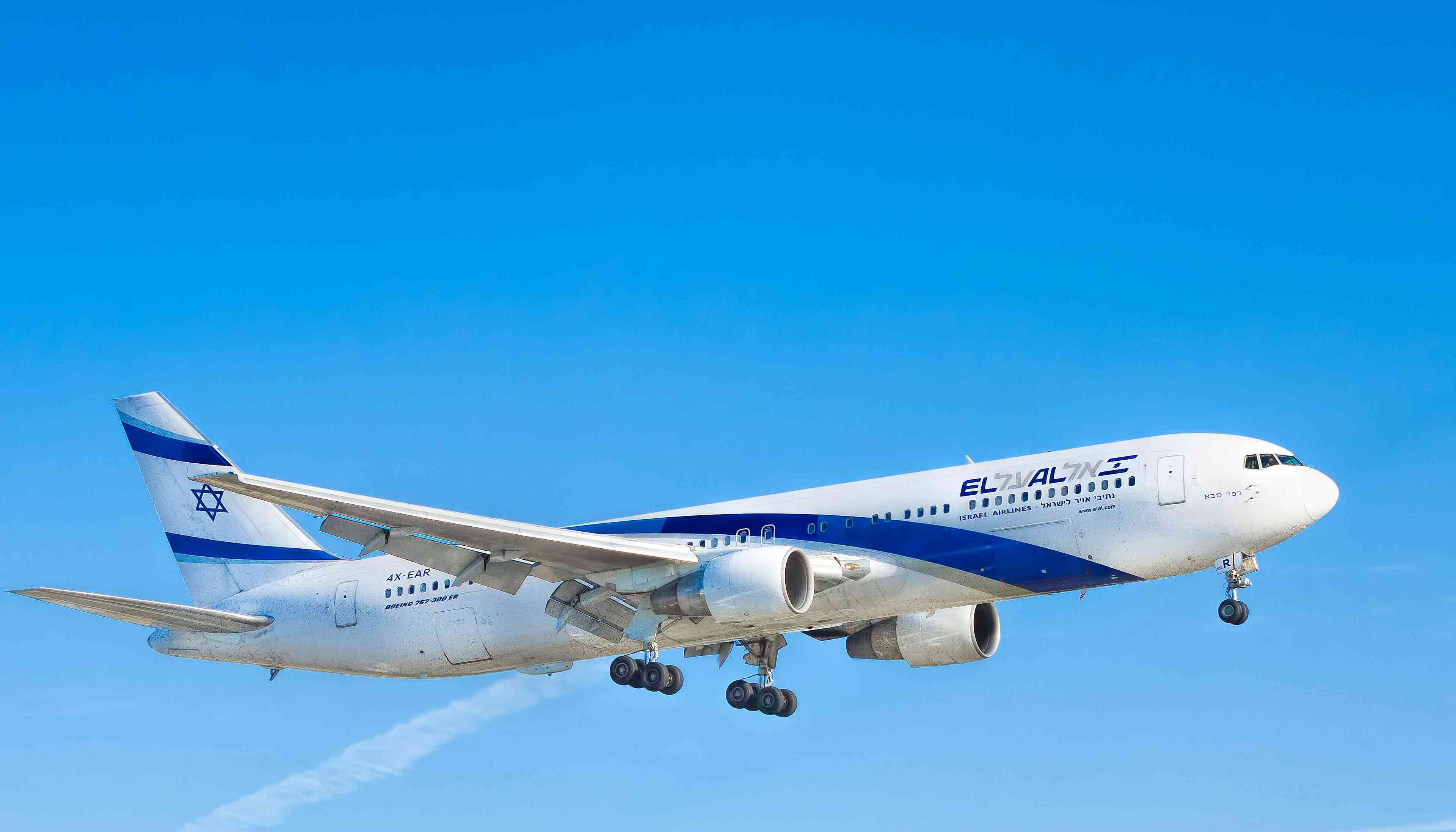Ben Gurion Airport, Iran's Retaliatory Attack
UNPRECEDENTED: Israel could relocate Ben-Gurion airport as Iran tensions boil over
As tensions with Iran reach a boiling point, Israel contemplates an unprecedented move: shifting its main airport operations 200 miles south.


As tensions with Iran escalate, Israel is weighing a dramatic move: relocating operations from its main international hub, Ben-Gurion Airport near Tel Aviv, to the remote Ramon Airport near Eilat in the country's far south.
Ben-Gurion Airport, which handles nearly 60,000 passengers daily, is more than just Israel's primary gateway to the world. It's a national symbol and a potential target in any conflict with Iran or Hezbollah.
Its proximity to Israel Aerospace Industries facilities further increases its strategic significance, making it a key concern for Israeli defense planners.
The relocation plan, known as the "Silver Wings" contingency, would give authorities 12 hours to shift operations southward. Ramon Airport, while smaller, is considered less vulnerable to attack due to its distance from Israel's northern borders and its advanced defense systems.
However, this potential move comes with significant logistical challenges.
Ramon Airport's capacity is a fraction of Ben-Gurion's, handling only 1.8 million passengers annually compared to Ben-Gurion's 30 million. The southern airport's infrastructure is also more limited, lacking jet bridges and capable of managing only about ten simultaneous flights.
Perhaps the most pressing challenge is transportation. Located three hours from central Israel, Ramon Airport is poorly connected to the country's transportation network. This isolation could pose significant difficulties for passengers and cargo alike.
This isn't the first time Israel has grappled with airport vulnerability. During 2014's Operation Protective Edge, Ben-Gurion Airport briefly closed due to rocket attacks, causing significant disruption. The current contingency plans are, in part, a response to lessons learned from that experience.
* JPost contributed to this article.
Stay Connected With Us
Follow our social channels for breaking news, exclusive content, and real-time updates.
WhatsApp Updates
Join our news group for instant updates
Follow on X (Twitter)
@jfeedenglish
Never miss a story - follow us on your preferred platform!